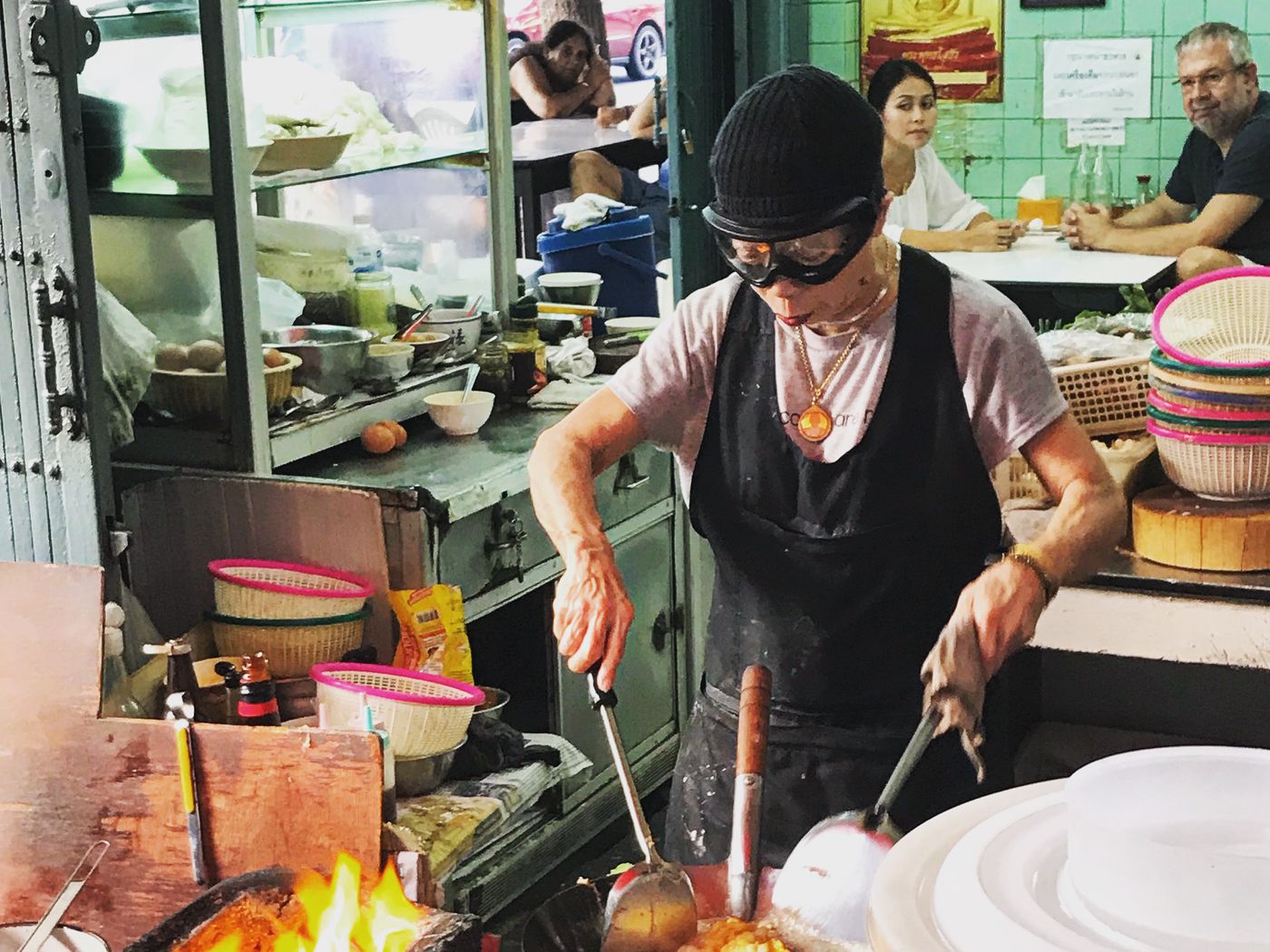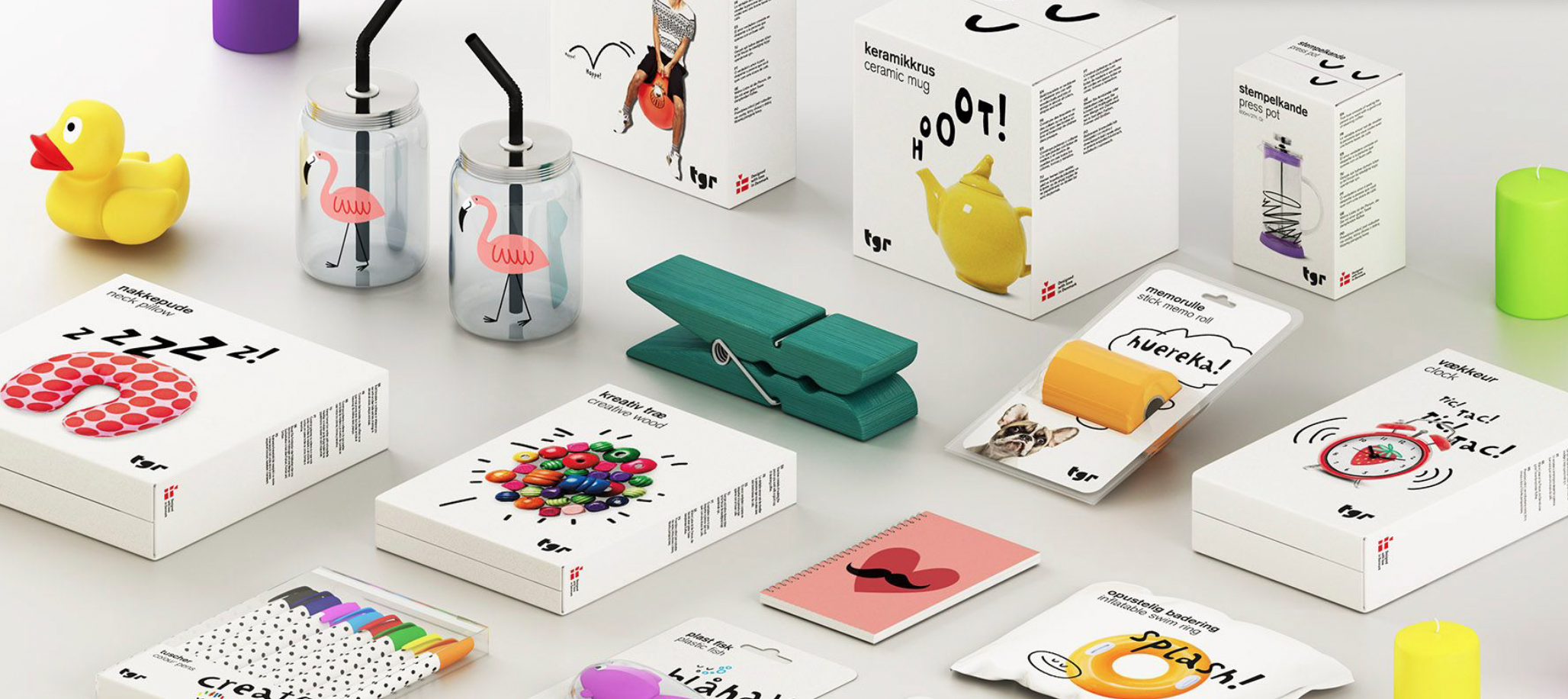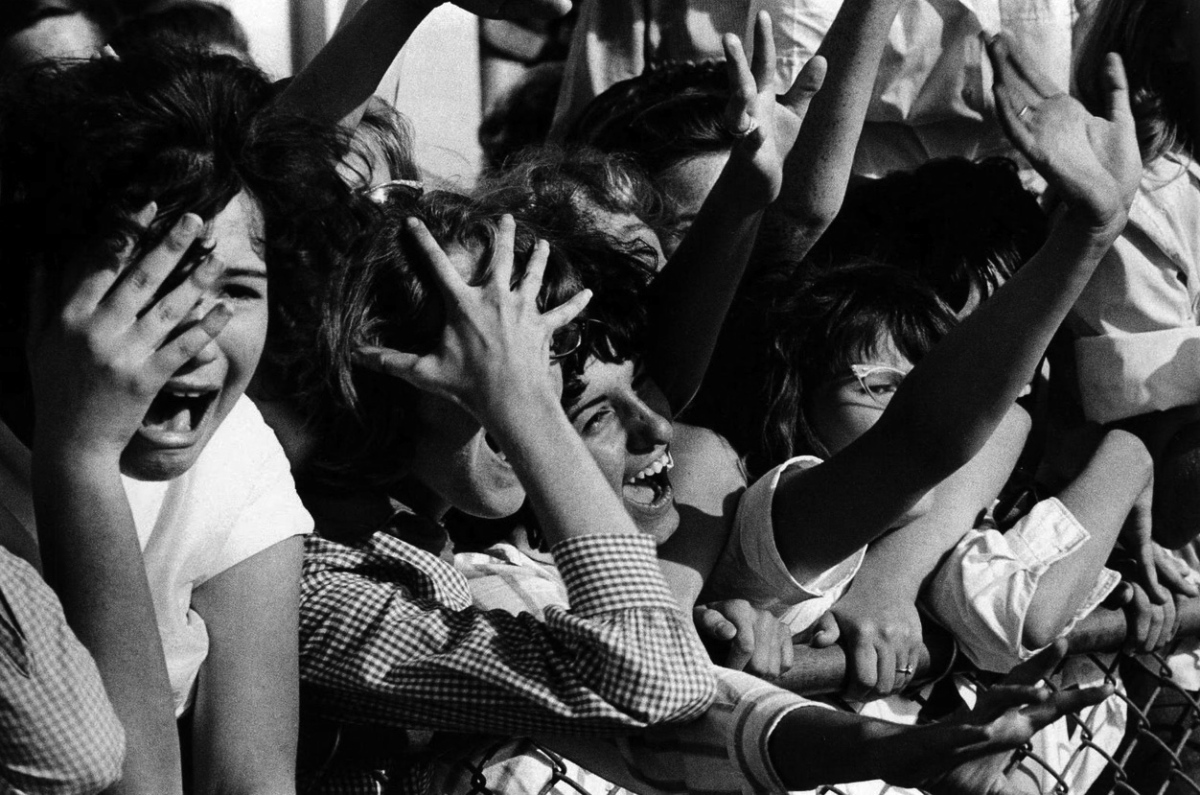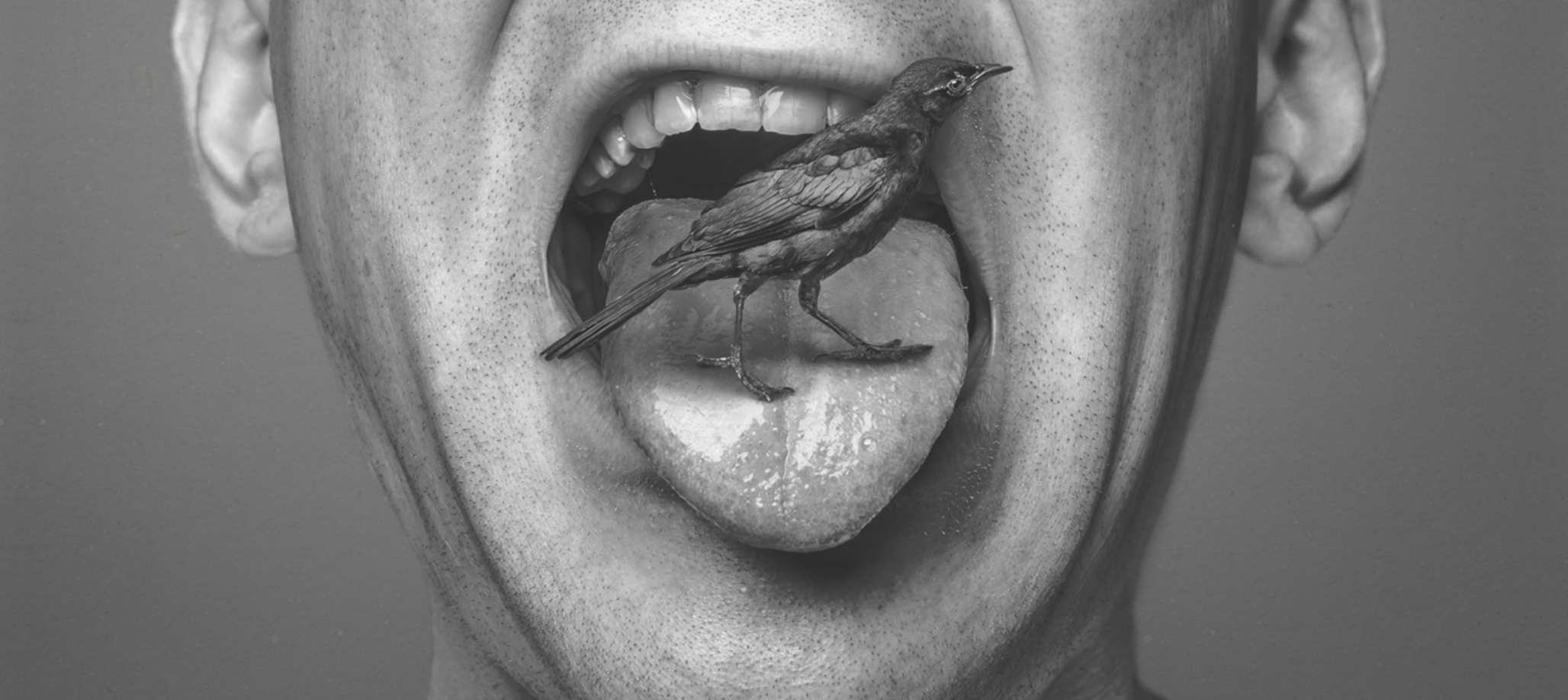Myth as a Brand - The Case of Jay Fai, the Legendary Aunt with the Goggles
While we are peacefully enjoying our $30 crab omelet, just placed before us by a waiter wearing purple rubber boots at one of Bangkok's Michelin-starred restaurants, a rat swiftly runs across the terrace. We are slightly surprised but think to ourselves that it might be trained and part of the show.
Jay Fai can be roughly translated as "Sister Mole". This business made its debut in the Michelin Guide in Thailand and immediately received a star. With this decision, Michelin made an unusual move. I can almost picture the otherwise meticulous Michelin inspectors anxiously awaiting their salads, praying to escape without any bouts of diarrhea.
Jay Fai is one of the thousands of street food eateries in the city. If you walk by it without knowing anything about it, you can be sure that you won't notice anything special about it; it doesn't stand out from the rest.
Dirty, run-down, the kind of place that an average health inspector would shut down just by looking at it from the street. Dishwashing is done on the sidewalk of a side street, in large containers, likely without running water. They cook on cast-iron stoves over open fire, strictly on the street, so that everyone can see it well because it's the attraction. It's like a grungy display kitchen. The first significant difference that will surely shock you is that while an average street food stand charges around $2 for a portion of food, here a salad costs $15, and the famous crab omelette, considered the main attraction, costs $32.
How is it possible that a dilapidated street restaurant, with rats scurrying on its terrace, achieves global recognition and becomes an unmissable attraction for Western gastronomy tourists in Bangkok?
Jay Fai has ascended into a mythical place. It has become part of Bangkok's urban mythology, despite having no website, no reservation system, no logo, and no uniforms. They serve meals in the cheapest tableware, and the menus are wrinkled and stuffed in greasy plastic folders. Communicating with the waitstaff relies solely on non-verbal cues and gestures. They have a single phone number that no one ever answers, even though it's written on tattered pieces of paper in multiple locations. There is no sales team, no marketing, and no identifiable brand elements. Except for Auntie Fai herself.
There are two ways to book a table at the restaurant. You can go there in person and add your name to the waiting list for the day. You wait for 4-6 hours and then you'll be given a table. Alternatively, you can make a reservation for a future date. The waiting process is an important part of the brand because what you can obtain through a great struggle always holds greater value for you.
If you want to make a reservation, be prepared to wait 5-10 days for a table. We managed to secure a reservation for a week later, around 10 p.m. You have to pre-select your dishes, but since they only sell a limited quantity each day, it's possible that the dish you chose won't be available. That's what happened to us. Even though you arrive at the scheduled time and pre-order your food, you still have to wait for another hour or more to actually receive something to eat. In the meantime, you sit there, mesmerized by the show and the occasional rats passing by. Forget about a fancy wine list—your options are limited to warm beer, water, and soft drinks, all at prices that rival the most exclusive luxury establishments.
However, the show is so fantastic that most people sit there mesmerized, not quite understanding where they have ended up: Jay Fai, the Chinese auntie, stands before the flaming wok in her heat-resistant purple boots, aviator goggles, and cap, skillfully preparing the dishes with unbelievable dexterity.
The cooking is done using charcoal, a method that most Western tourists wouldn't recognize, as it is no longer used for heating in their daily lives. Auntie skillfully controls the heat by switching a fan on and off, creating an artful dance of flames. All the utensils used are incredibly worn-out. There is no refrigerator; instead, fresh ingredients like prawns are kept in a glass cabinet or a styrofoam box right in the middle of the restaurant, right in front of you.
The Auntie could certainly modernize the place, invest in new dishes, switch to gas cooking, and hire someone who speaks English. With daily earnings of around $3000, it would be well within her reach. But she resists any alterations, knowing that it would instantly shatter the enchantment. The myth would dissipate, leaving only the food, the marketing, the service, and so on. It would reduce everything to mere facts. Yet, in doing so, she would easily fall behind her competitors.
Those who come solely for the Michelin star might easily be disappointed. The audience accustomed to average starred restaurants, where not only the food but also the aesthetics matter, can be taken aback. It is the myth that draws people here, and if you come for that reason, you will receive what you desire. You get a memorable experience where food becomes secondary to the show, something you can eagerly recount back home. People will look at you with envy, seeing you as an adventurous spirit in search of extraordinary and unforgettable moments.
The exact moment of the breakthrough that led to worldwide fame remains uncertain. One thing is clear: Jay Fai didn't become famous because of Michelin - she was already a phenomenon before that. She was already a phenomenon, capturing the attention of an increasing number of people who recognized her uniqueness. European gastronomy celebrities associated themselves with her, engaging in joint cooking sessions, featuring her on their shows, and writing extensively about her. Eventually, there was so much talk about her that she gradually became a myth. Michelin simply stamped their seal of approval on this gastronomic legend. The myth itself is the lady, with her bib apron, aviator goggles, and lips painted red, standing in front of the blazing fire like a mini Hephaestus.
Despite becoming a multi-millionaire in dollars, she continues to put on this show with the same enthusiasm for thirty years. It's a job that most of us wouldn't be able to handle even for a day. Jay Fai's legend still drives the establishment, as she herself has become the brand.
The lesson here is that anything can become a legend if enough people talk about it. But for that to happen, it needs to be such a remarkable and unusual phenomenon that people feel compelled to share stories about it. Because legends are born from these tales, and they are what drive us to traverse continents in search of them.
Selected Works
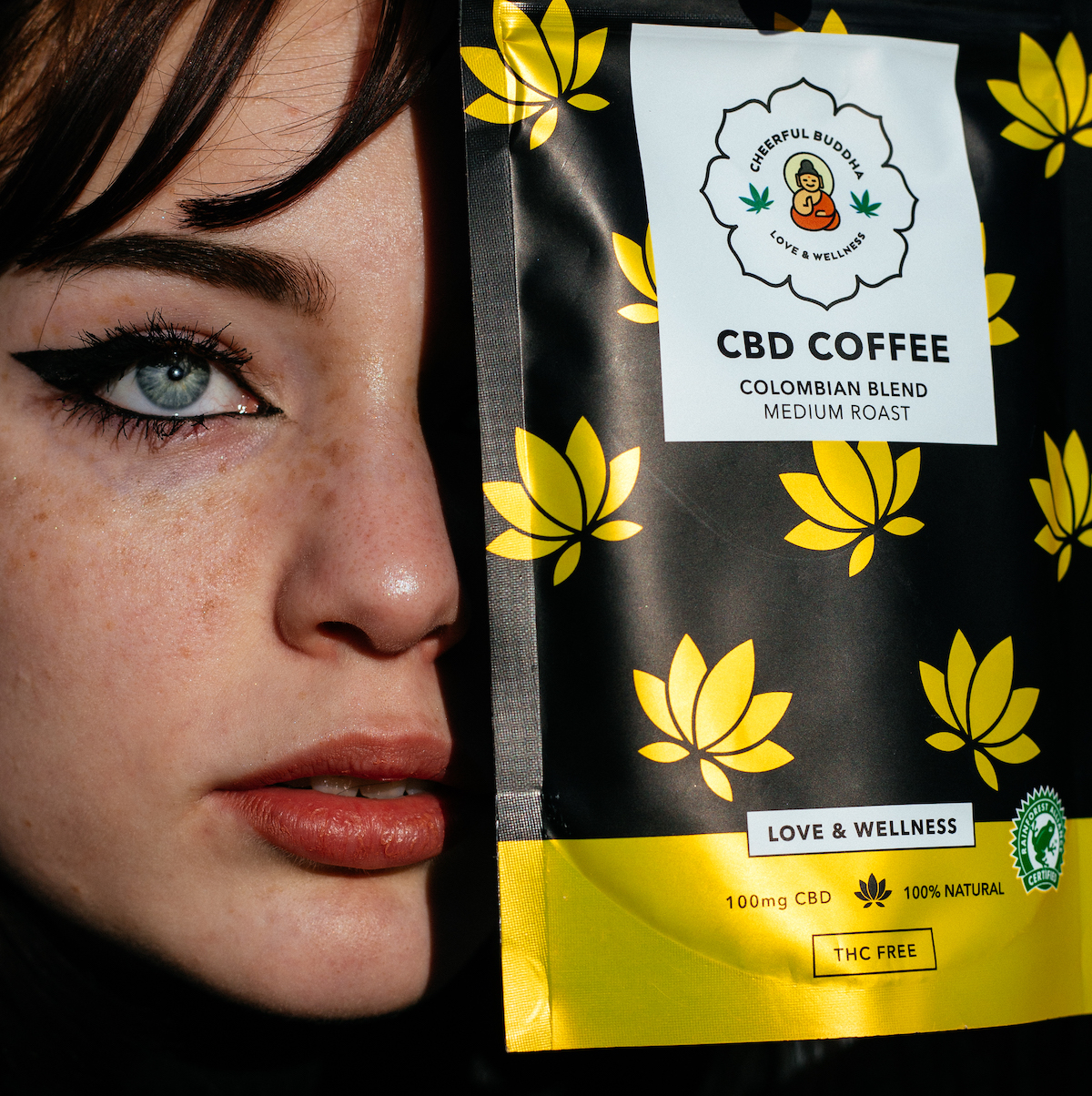
Cheerful BuddhaProduct Photography
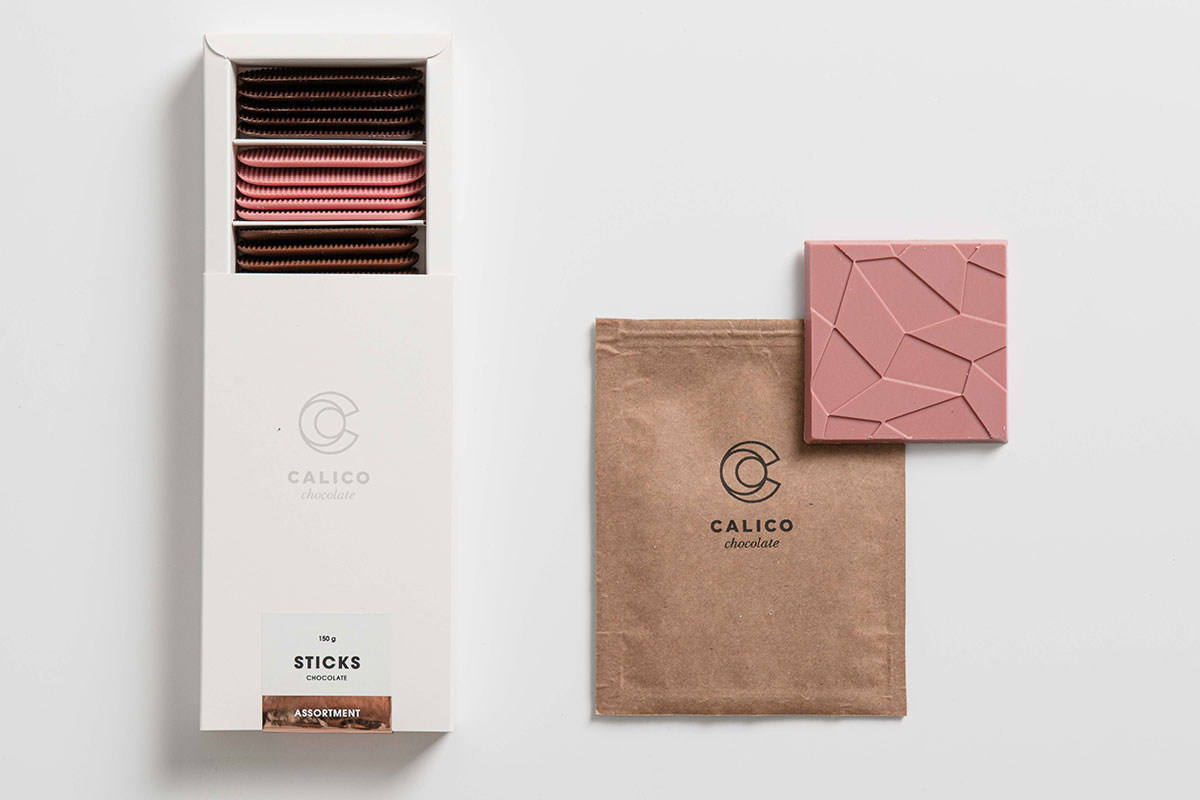
CalicoProduct Photography
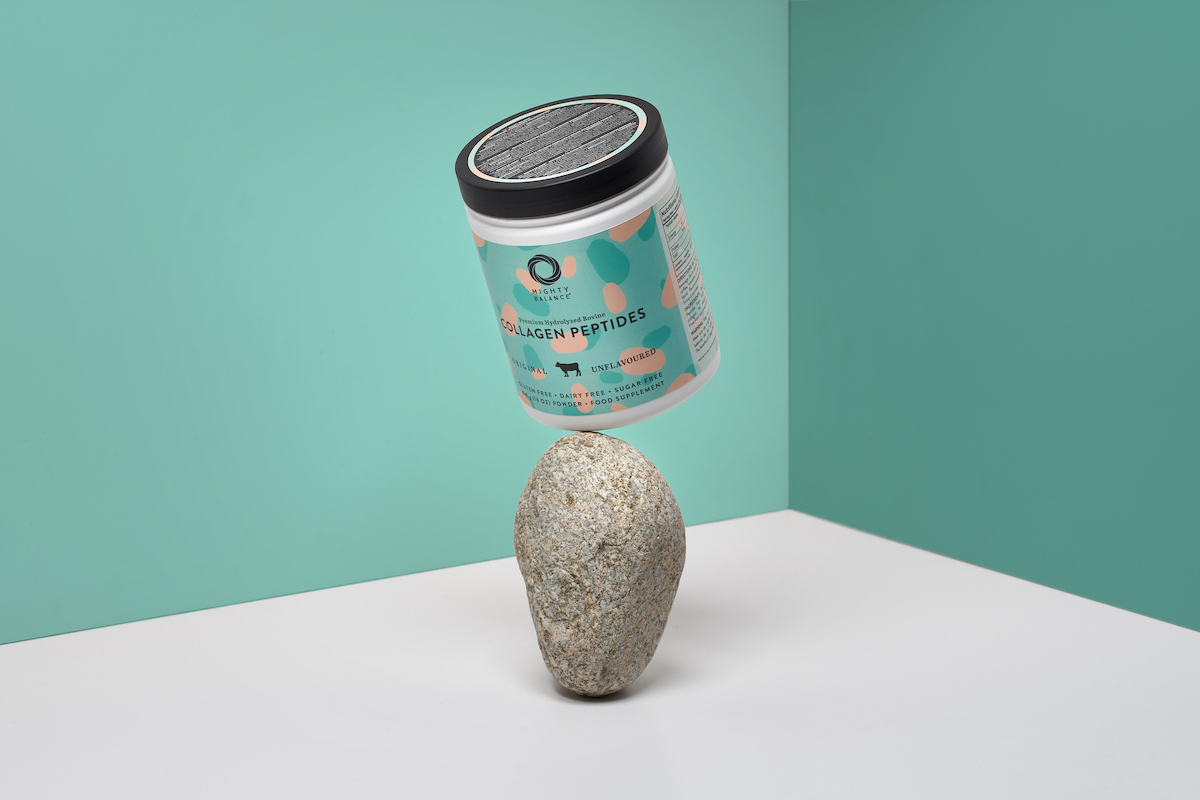
Mighty BalanceProduct Photography
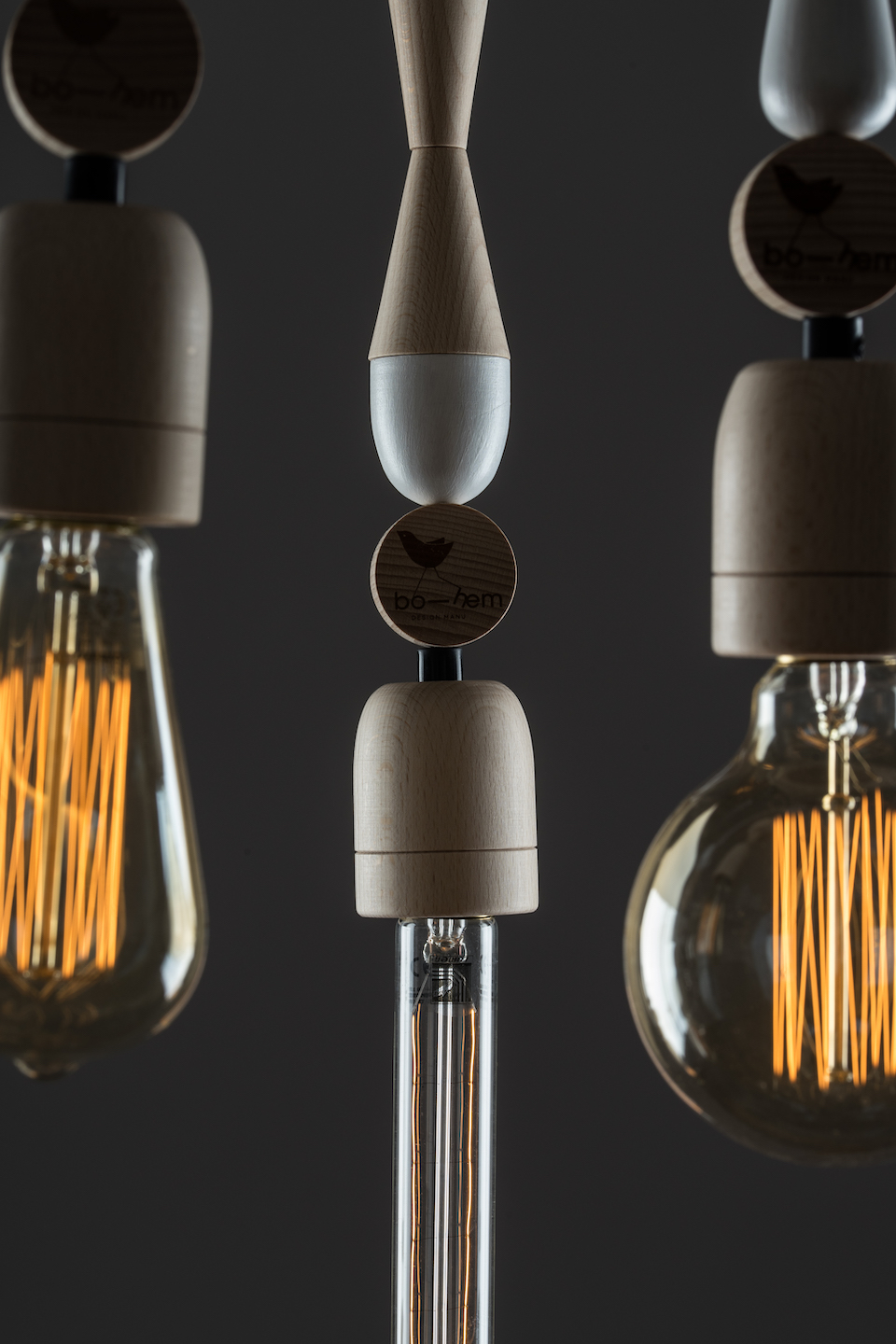
Bo-hemProduct Photography
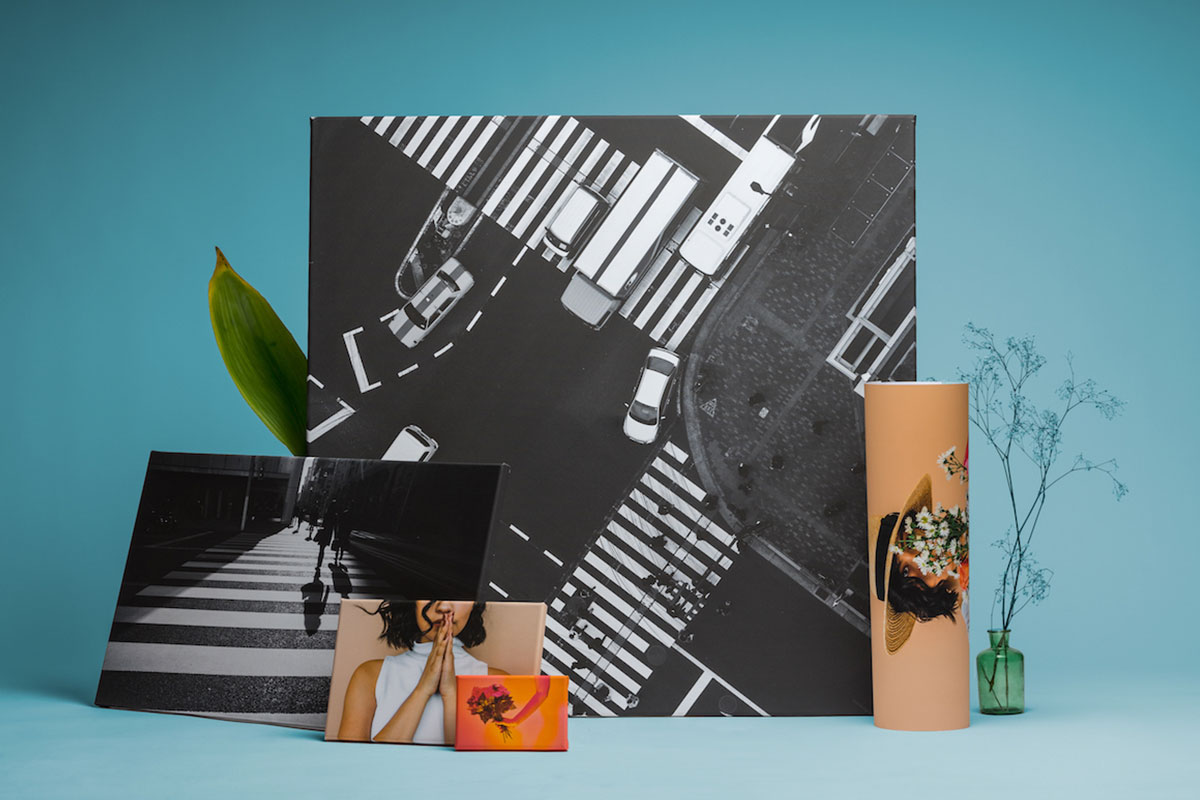
NetprinterProduct Photography
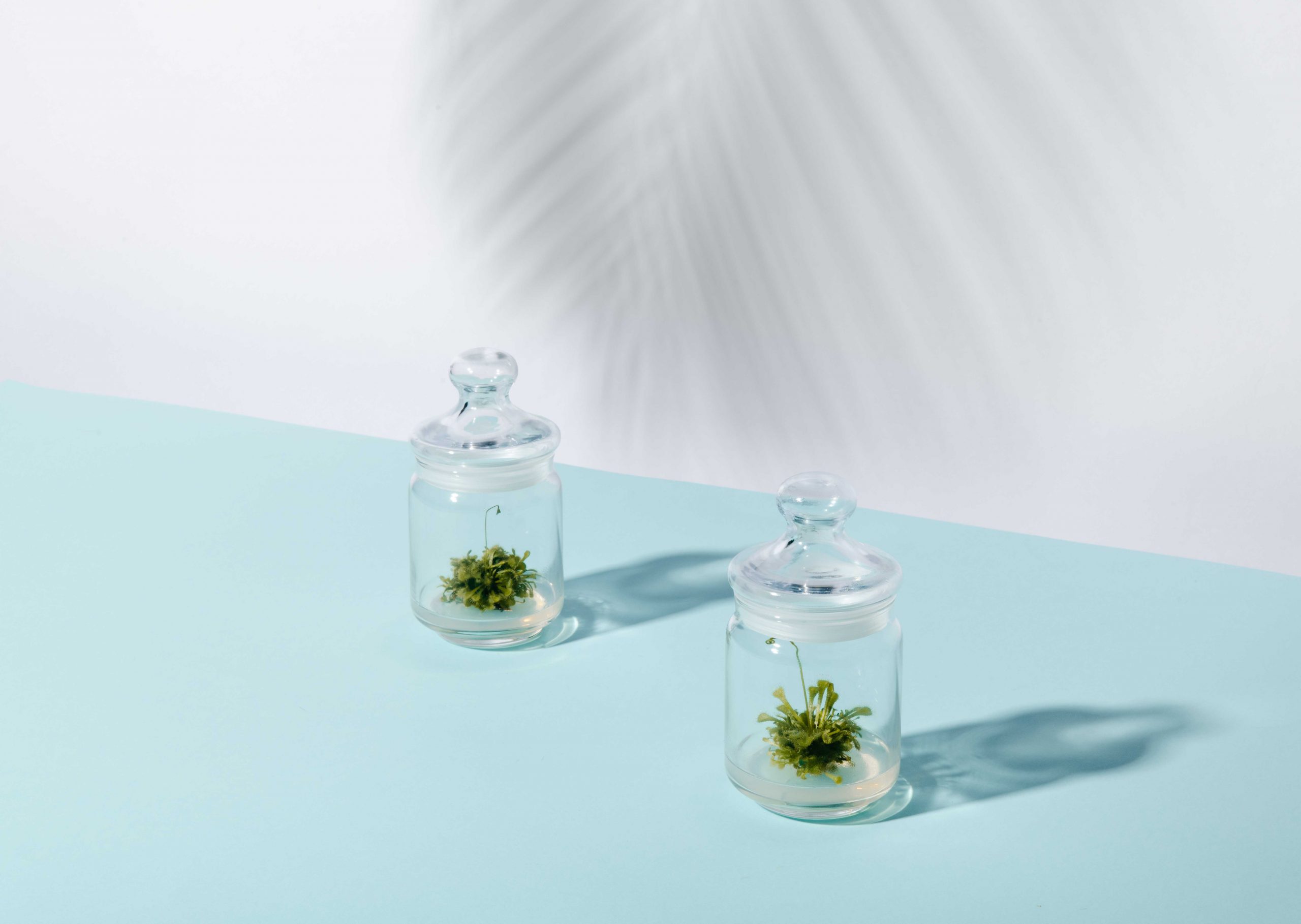
Little Green FactoryProduct Photography

NovafamPackaging Design
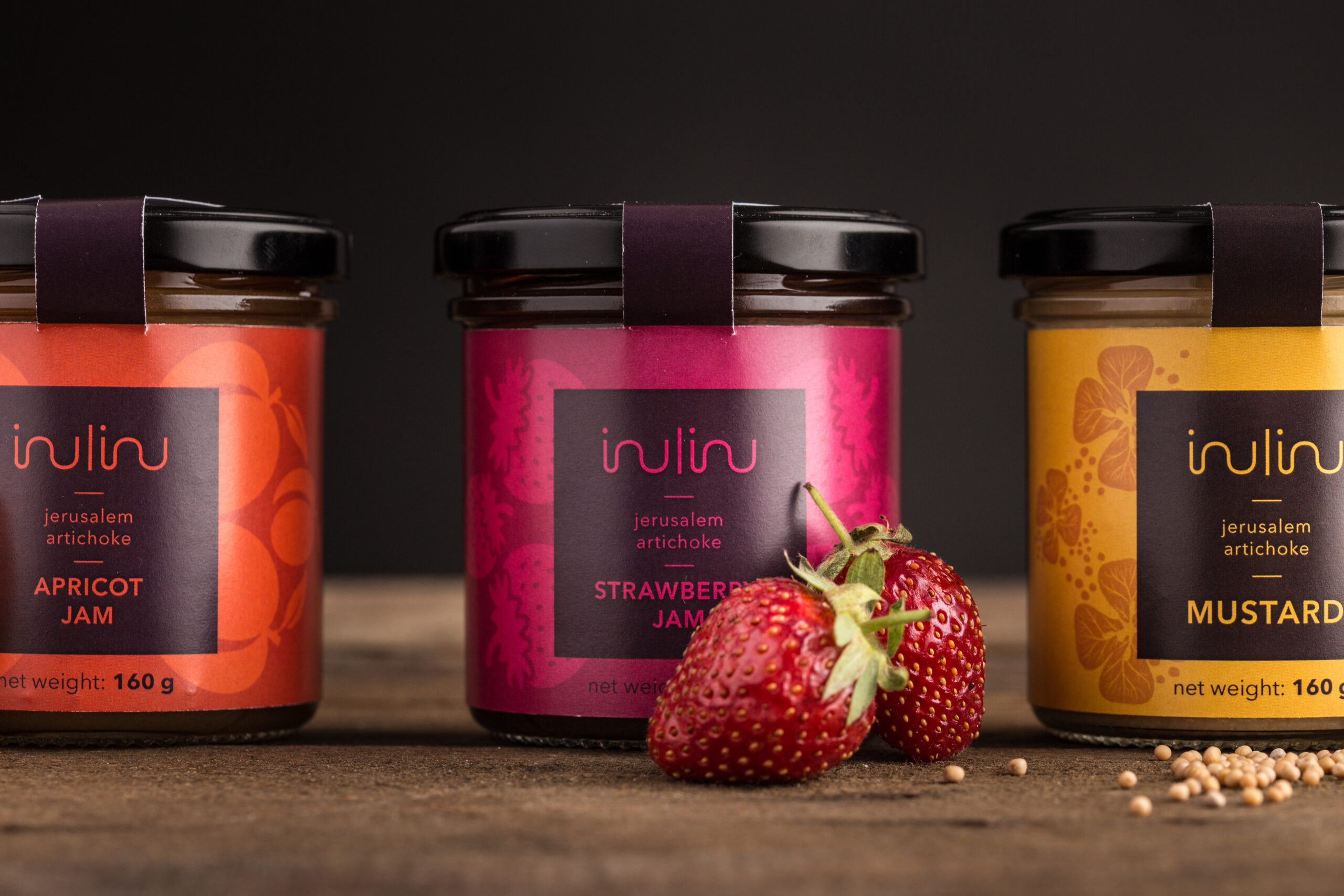
InulinuPackaging Design
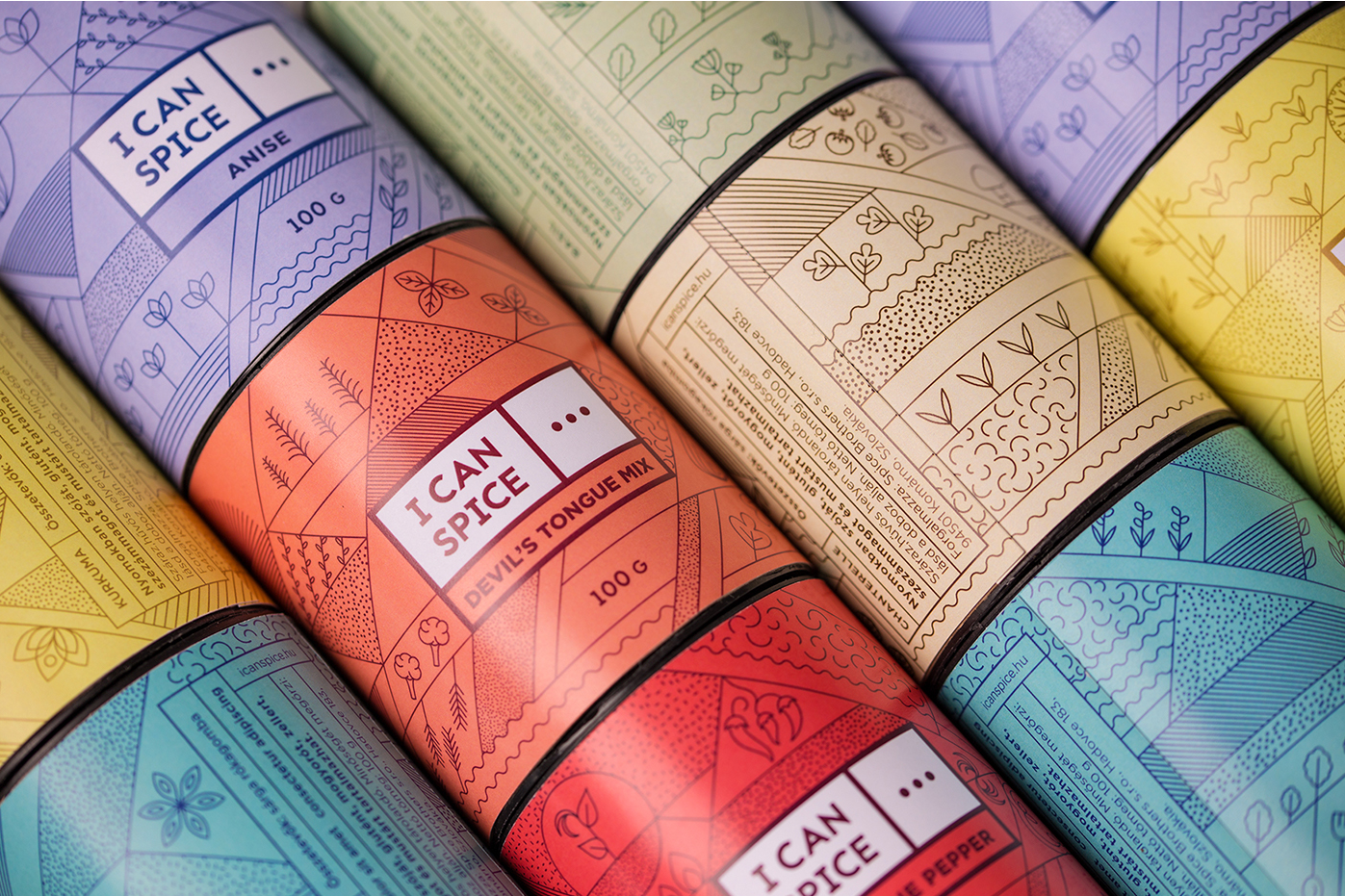
I CAN SPICEPackaging Design

CalicoPackaging Design

Why is the Mona Lisa beautiful?Branding
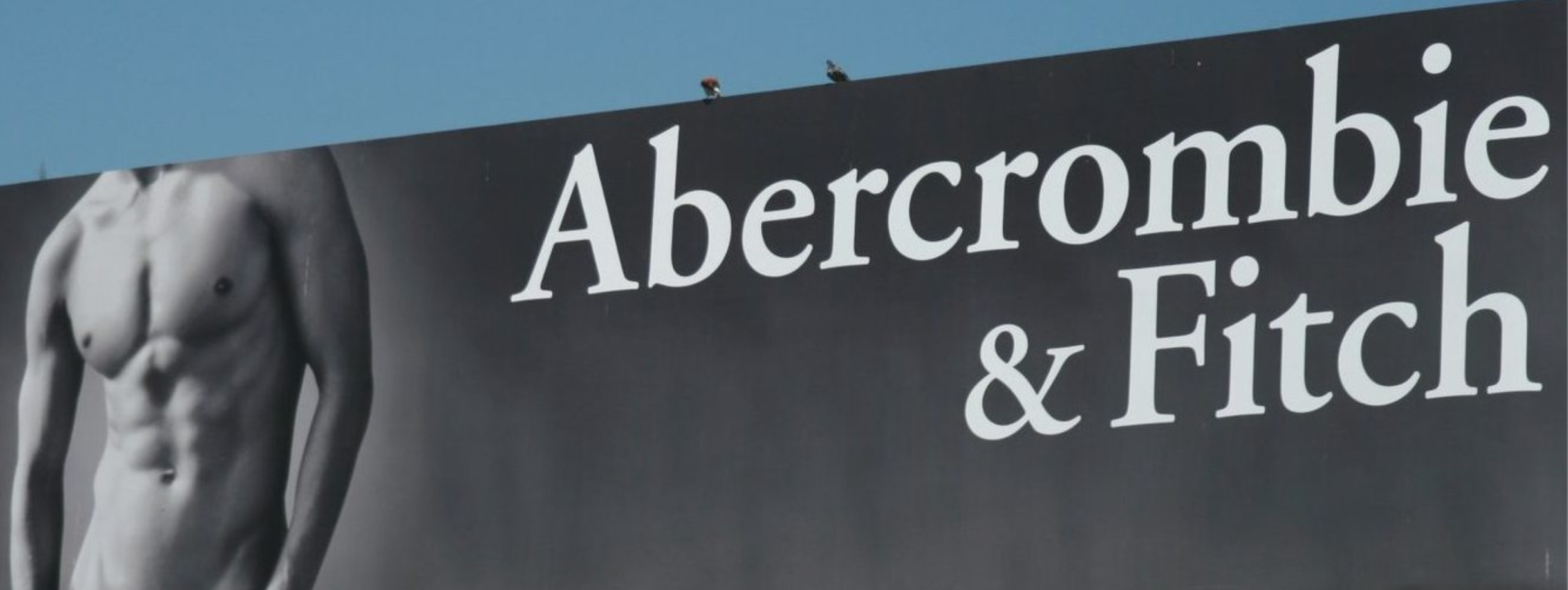
How can a rebranding be successful?Project type

The logo is NOT a brand identityBranding

How To Choose A Logo?Branding
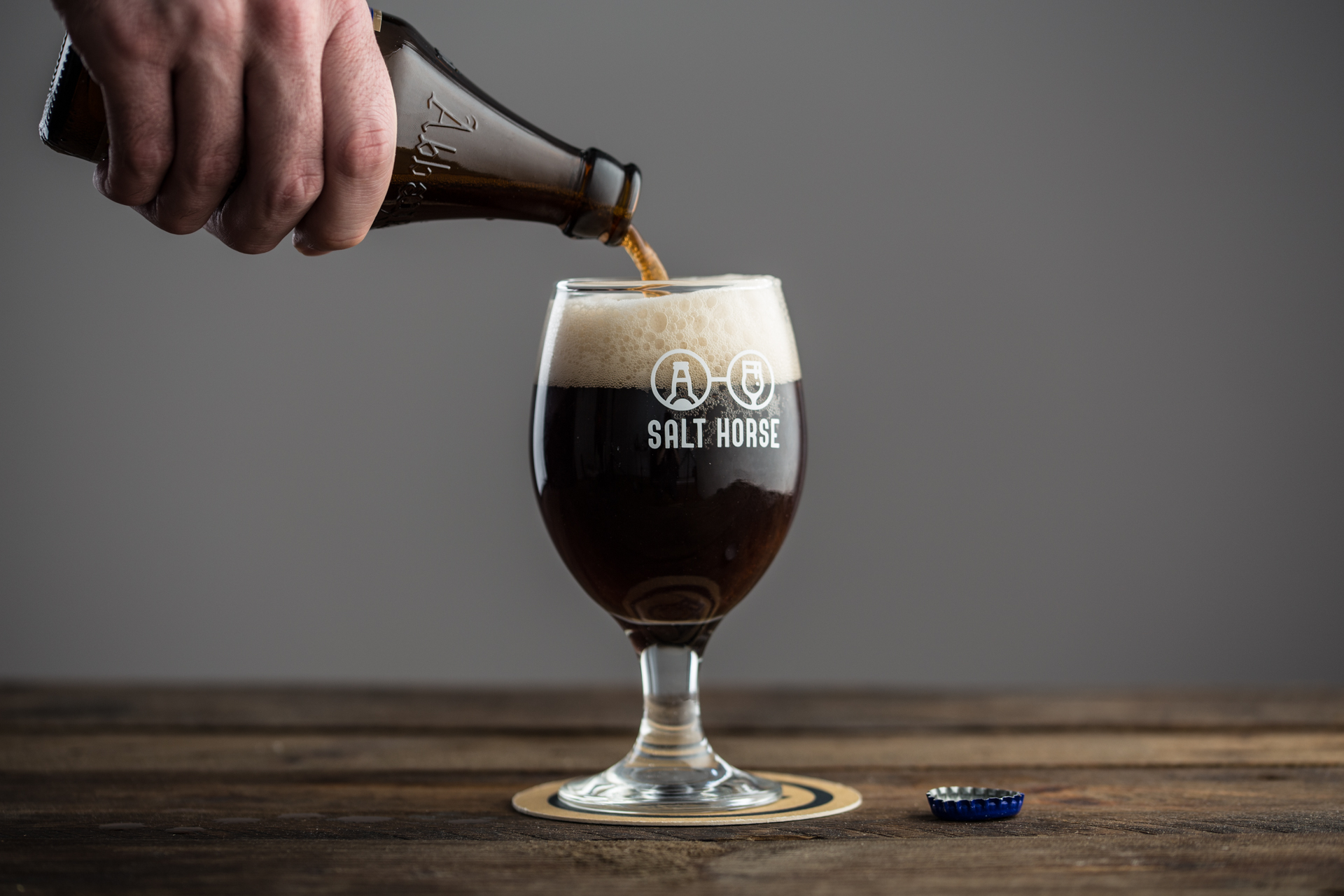
Salt HorsePackaging Design
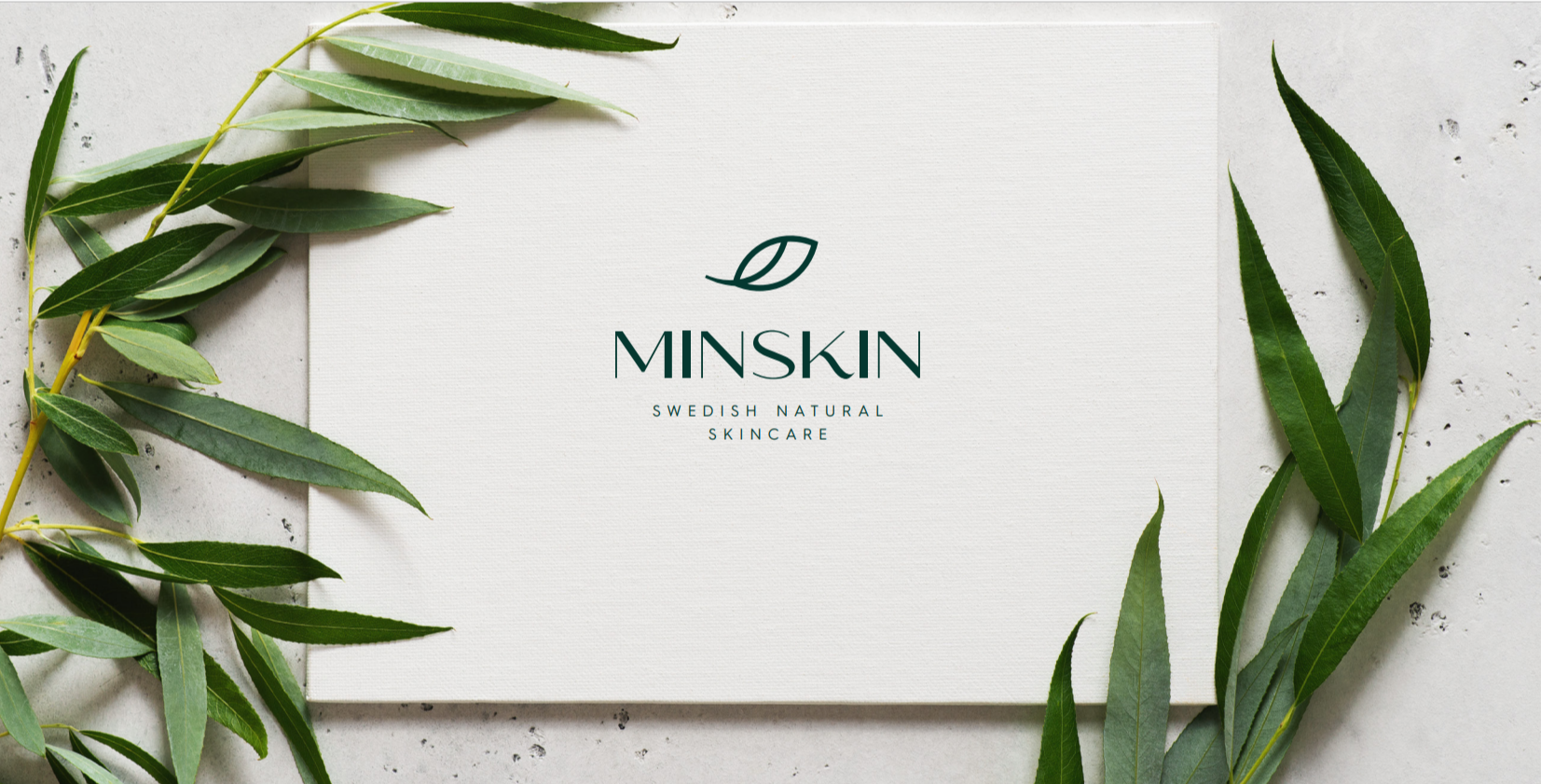
MinSkinPackaging Design

UnderguideWebdesign
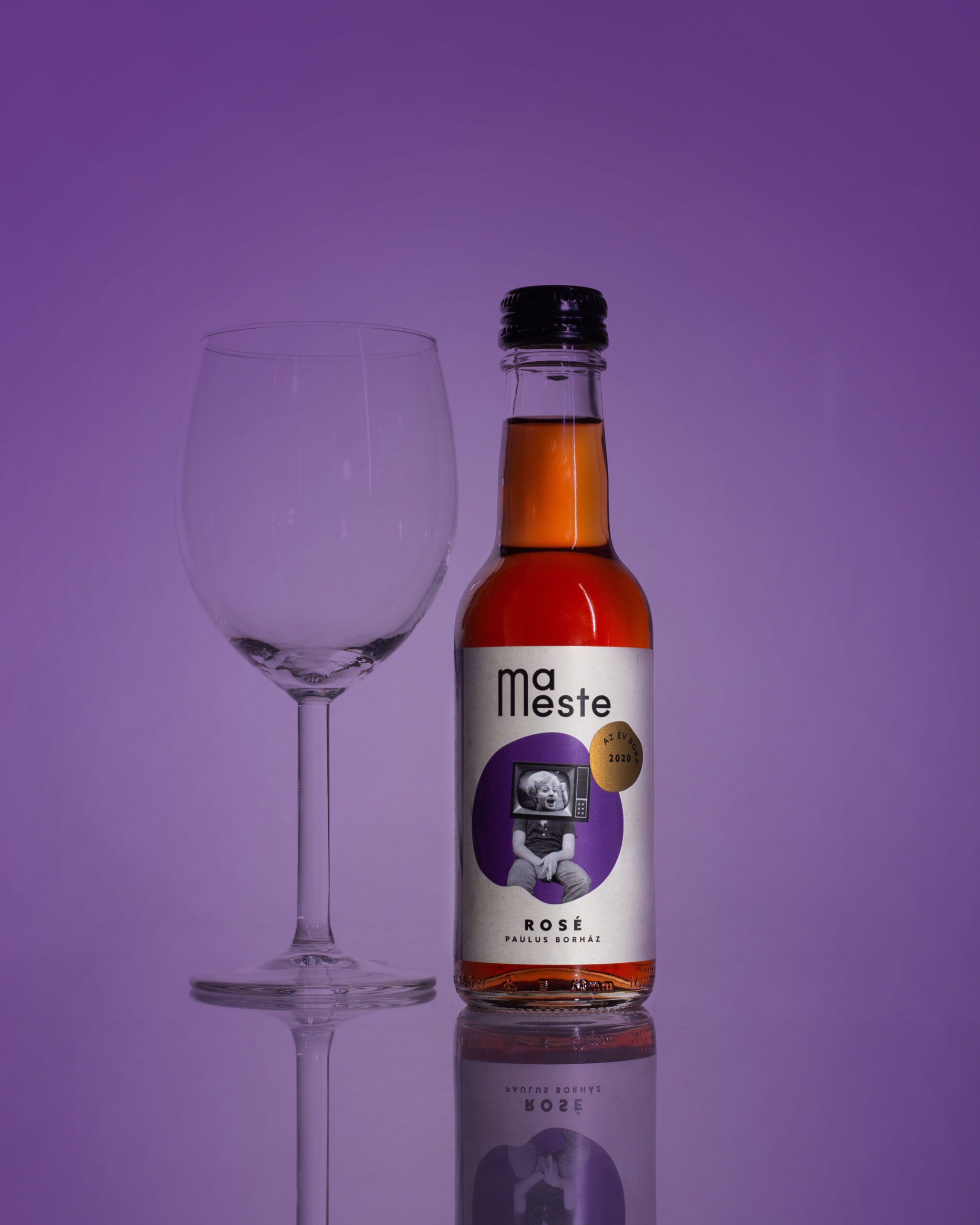
MaestePackaging Design

JanaanPackaging Design

SQADFashion Design

Galamb TailoringProject type
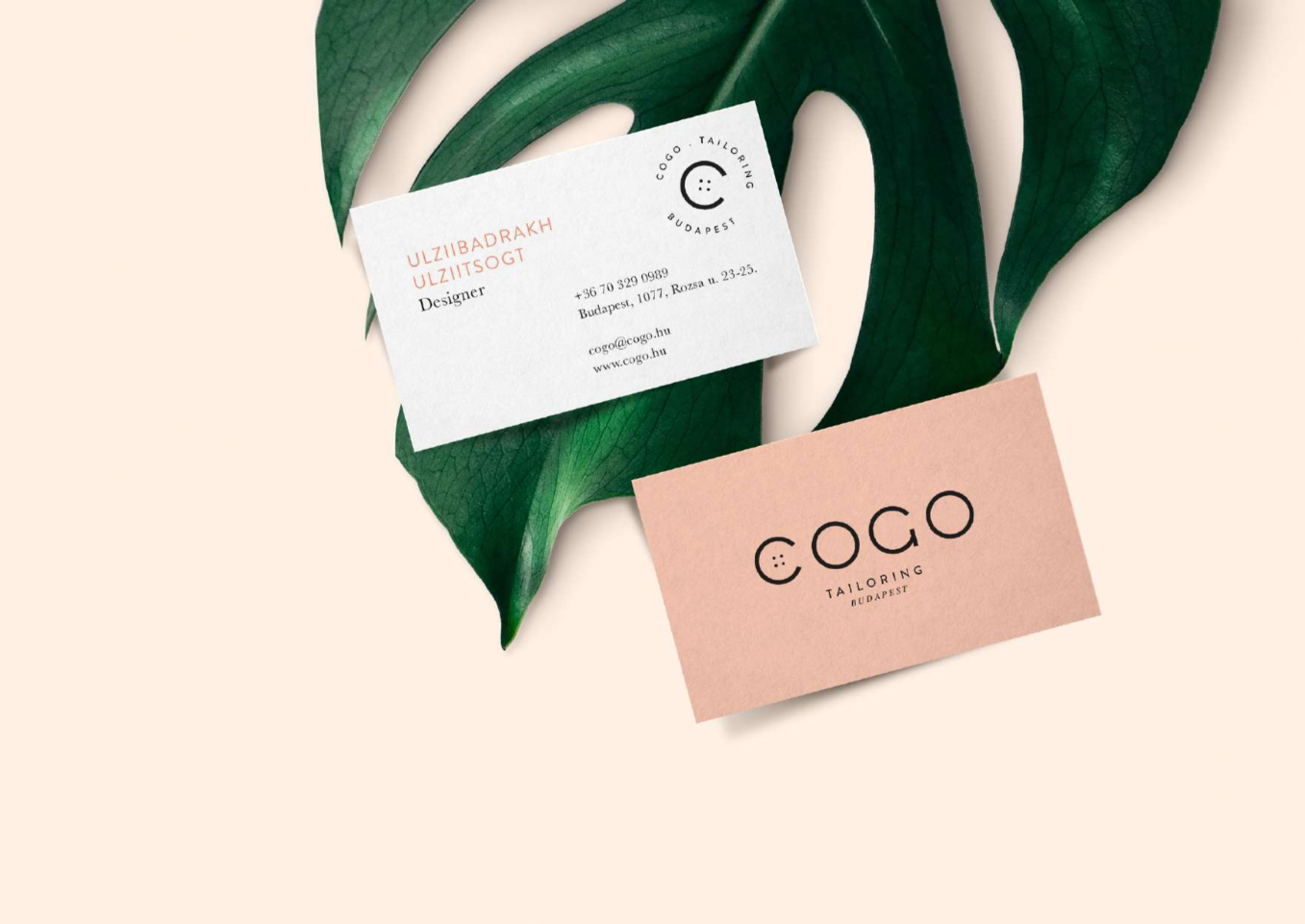
CogoFashion Design
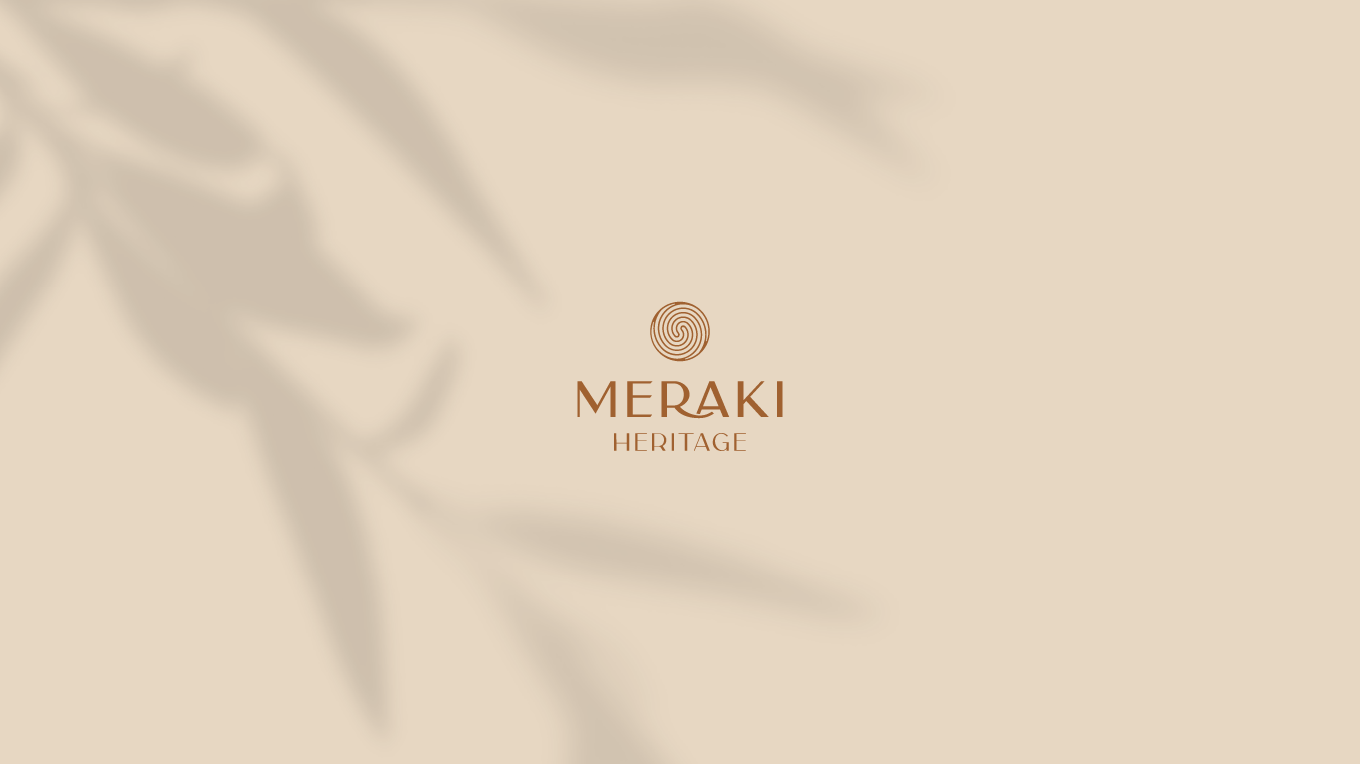
MerakiFashion Design
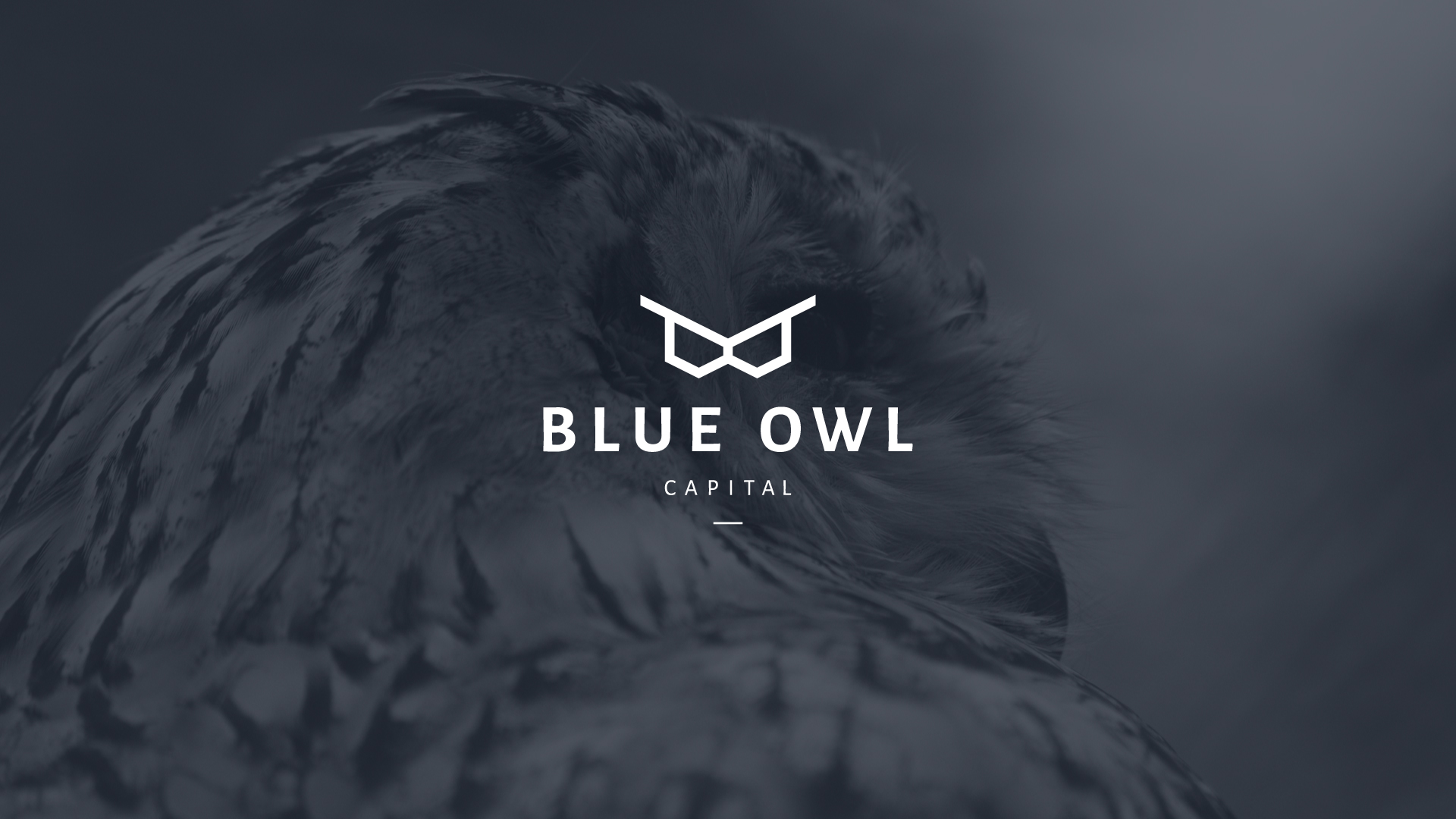
Blue OwlCorporate Design
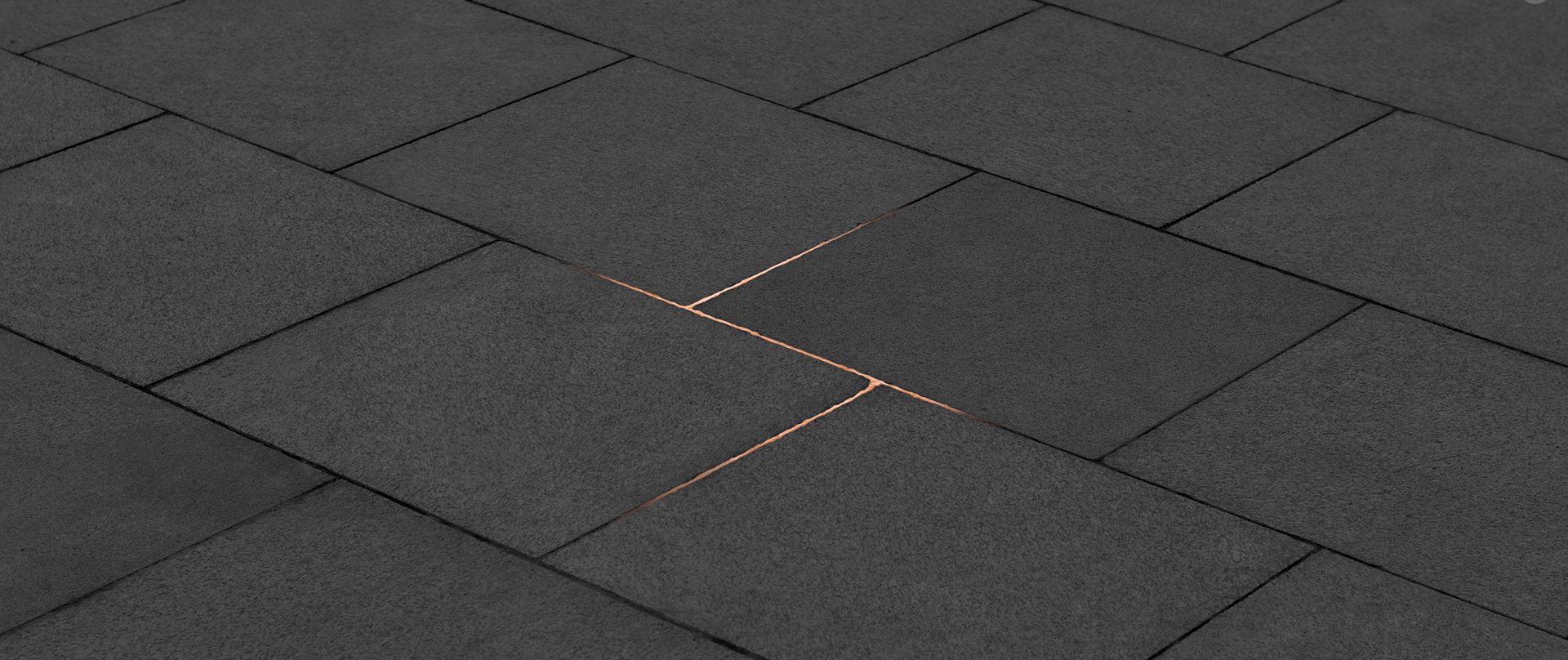
Stone ConceptCorporate Design
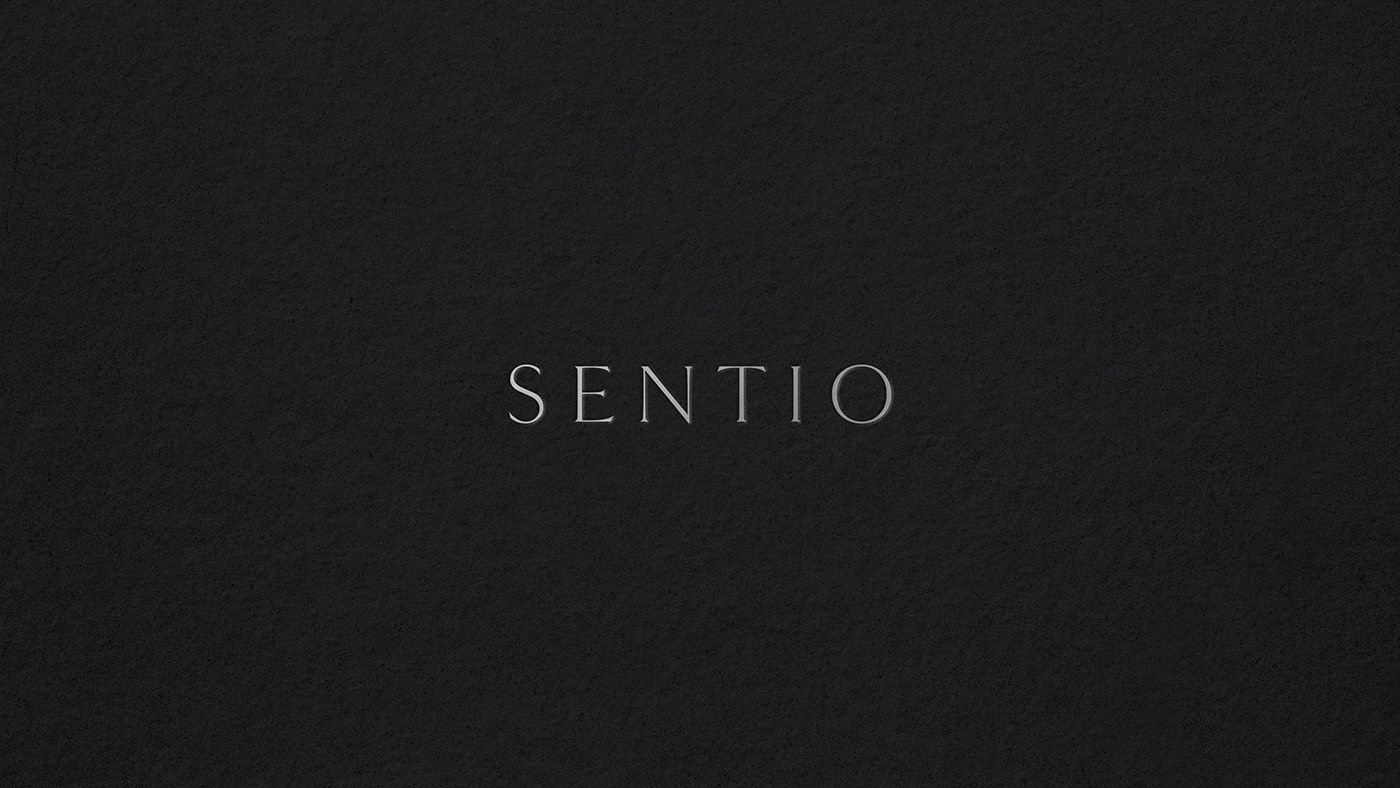
SentioCorporate Design
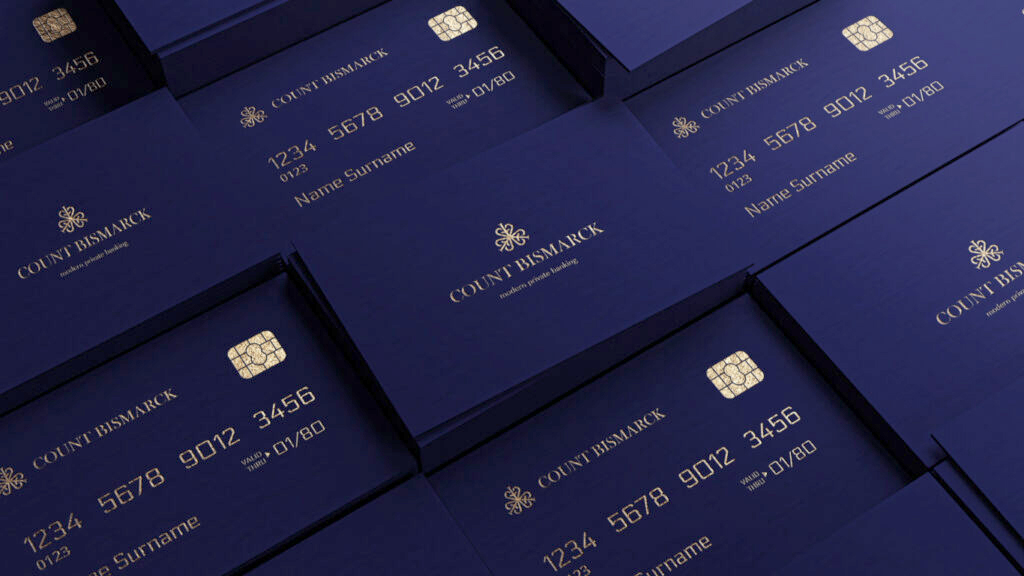
Count BismarkCorporate Design

BrunoHospitality Design

Vin.VinHospitality Design
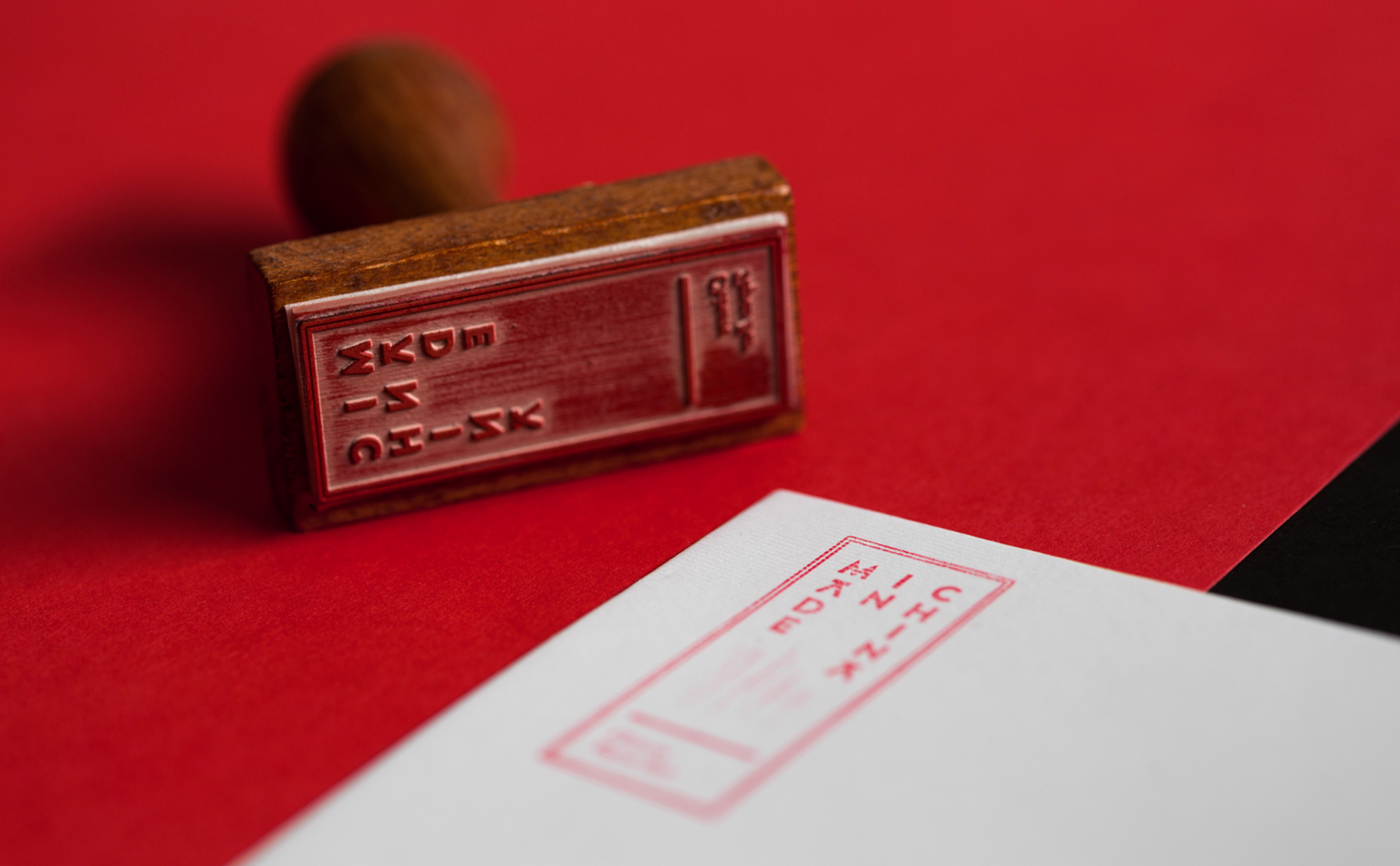
Made In ChinaHospitality Design
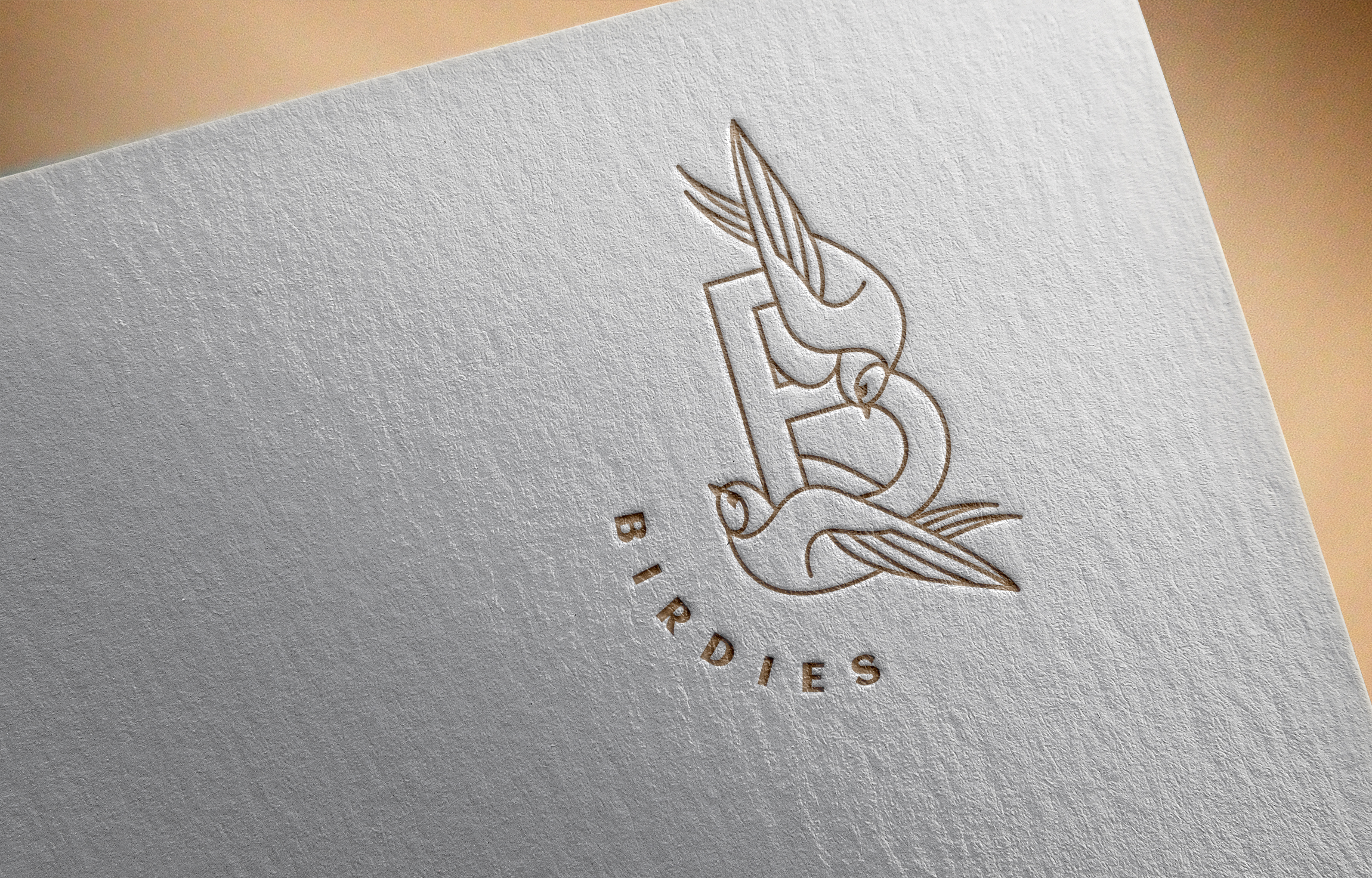
BirdiesHospitality Design

NaomiHospitality Design

Equity PointHospitality Design
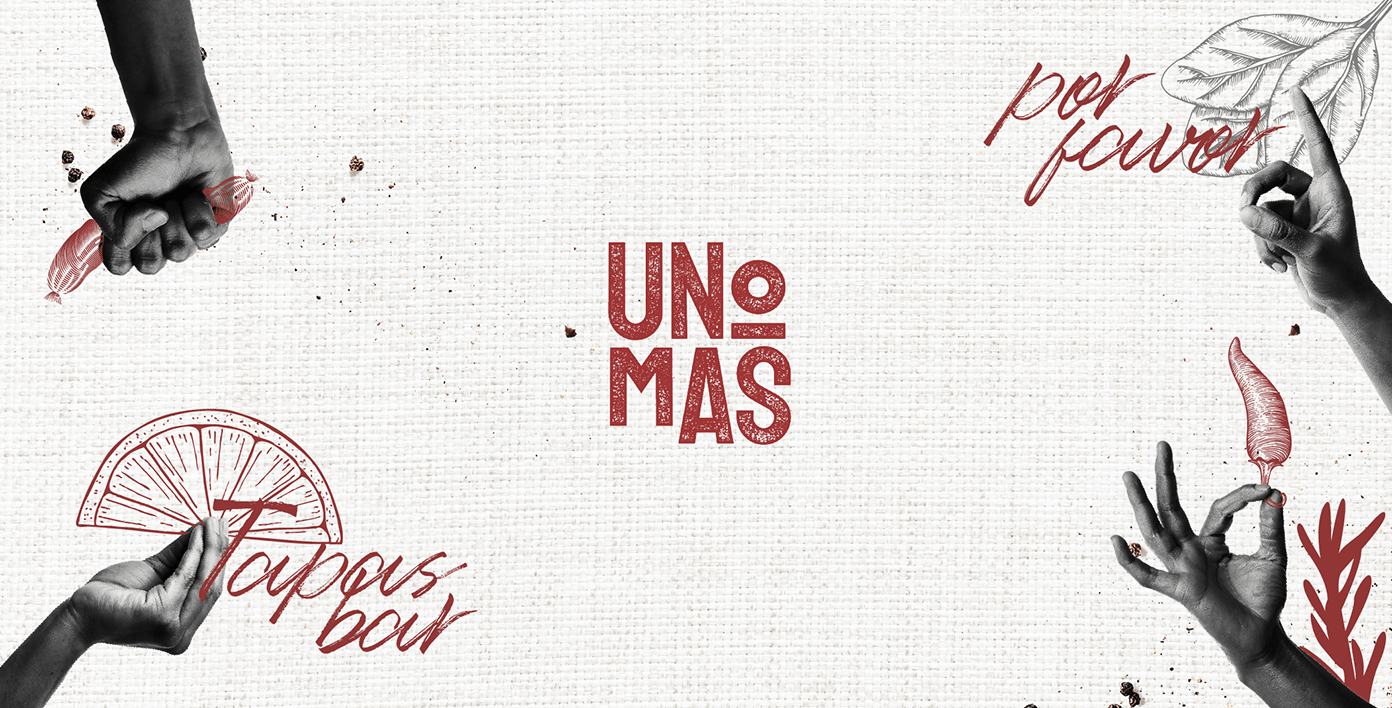
Uno MasHospitality Design
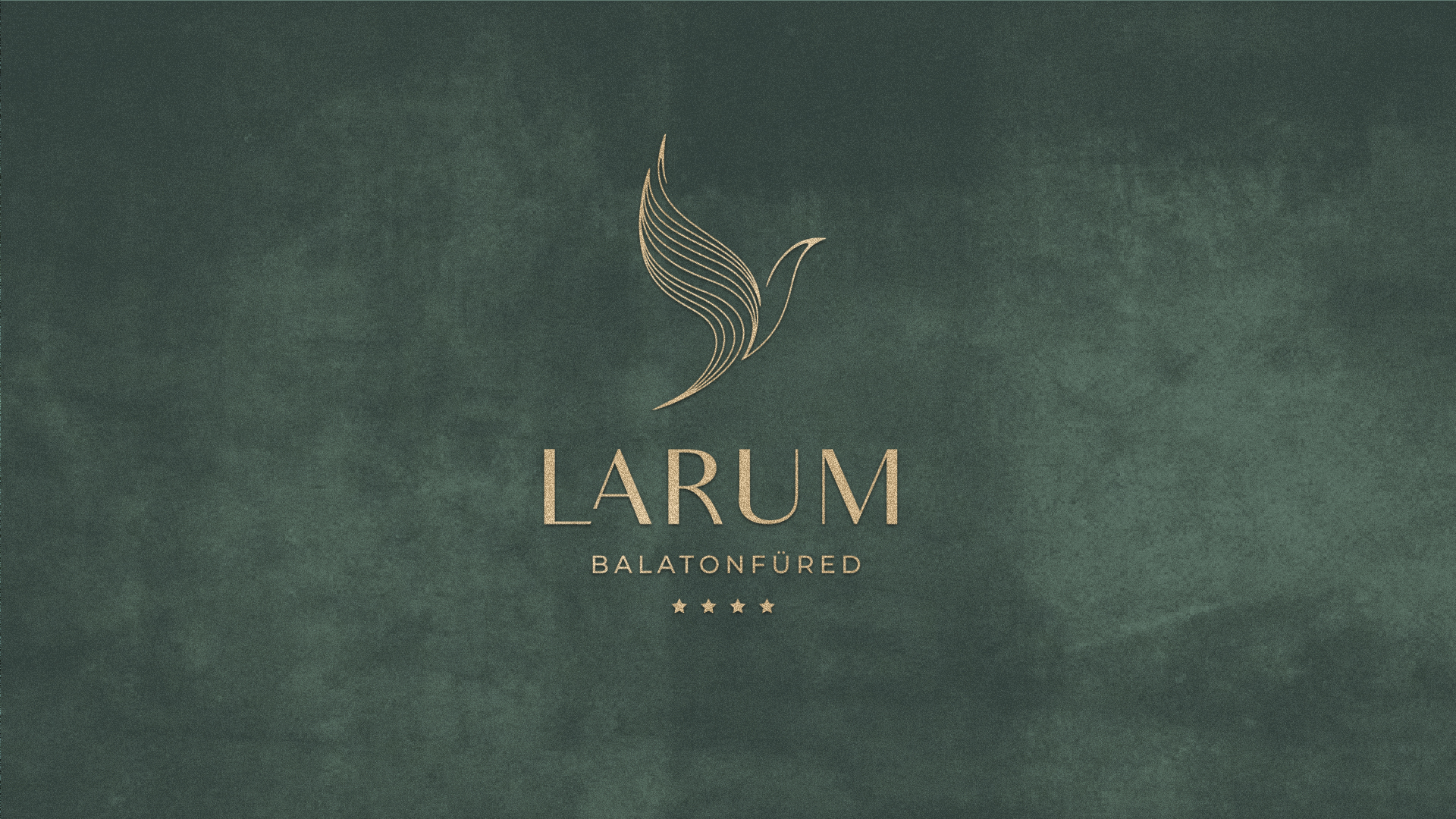
My first projectProject type

